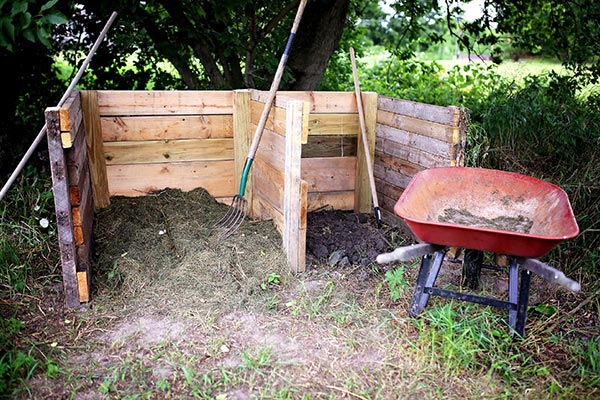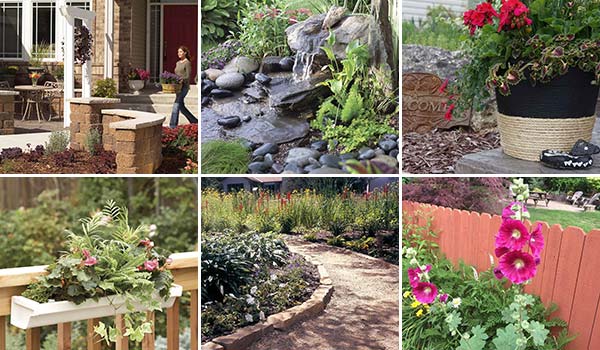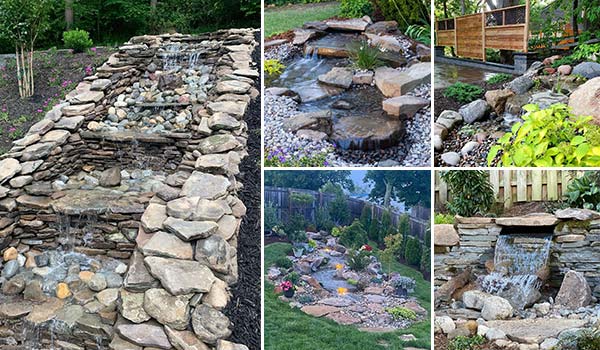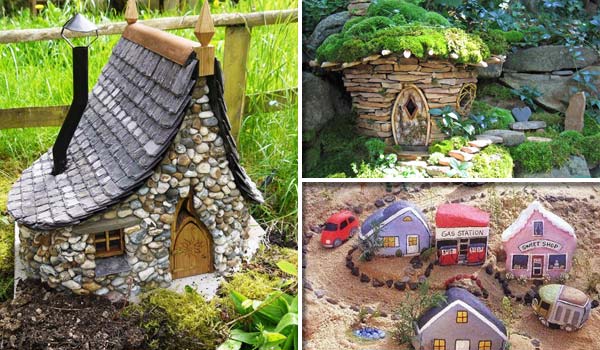15 Steps How to Winterize Your Garden
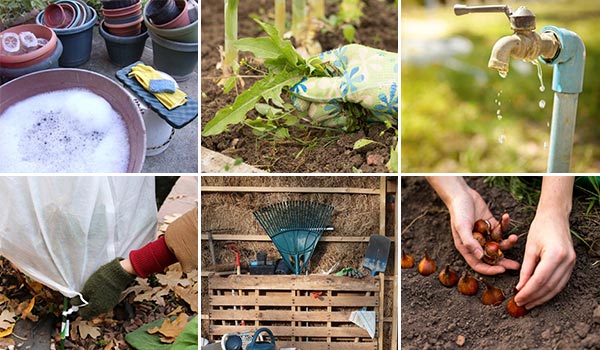
Winter’s coming. If you’re a gardener, you either dread the inevitable end of an enjoyable and bountiful process, or you breathe a sigh of relief as you can finally step inside, put your tools up, and take a relaxing and warm shower. Hold up though, just for a moment! Winter might be setting in as golden-brown leaves cover your garden’s fertile soil, but that doesn’t mean your work is done. After all, spring will come again as will the time for sowing seeds – when this happens, you want to start planting as soon as you can to get the most yield throughout the growing season as you can. This is why you should “winterize” your garden now, so you’re prepared to start reaping delicious herbs, fruits, and vegetables as soon as the climate allows. You’d be wise to observe a few final gardening tips before you take off your gloves.
These garden projects below will make sure you get everything you can from your yard’s MVP.
1. Remove and Store Your Plant Supports
Some of the first things you are probably going to plant are going to rely on a solid support system. Give your peas, beans, tomatoes, and peppers what they need by cleaning off your trellises and poles and storing them so they may be kept in their best working order.
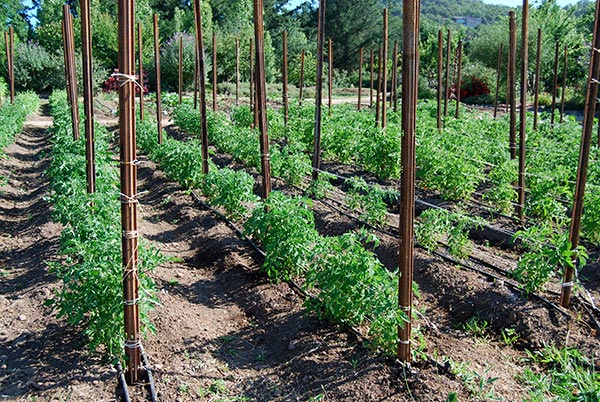
image via: thegirlthefigfarmproject.wordpress.com
2. Clean up the Leaves
This doesn’t mean raking them to the curb and letting the city take care of them. Leaves are rich in nutrients and thus a valuable addition to your soil quality. Compost them evenly by spreading them over your garden to ensure that they don’t rot or add them to a composting bin.
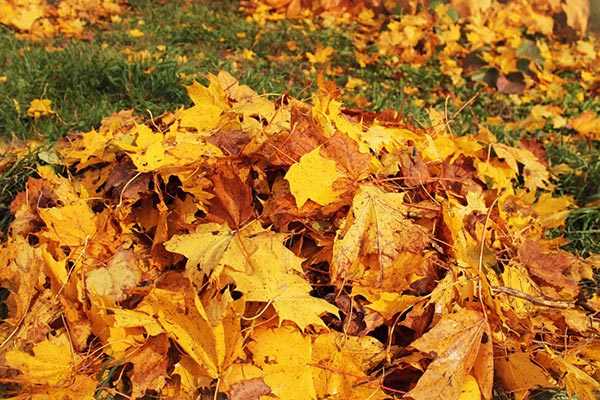
3. Clean and Store Containers
You don’t want to let them fester and risk introducing disease into your plants. When the time comes to temporarily decommission your pots and planters, clean them out to get a fresh start on the upcoming season.
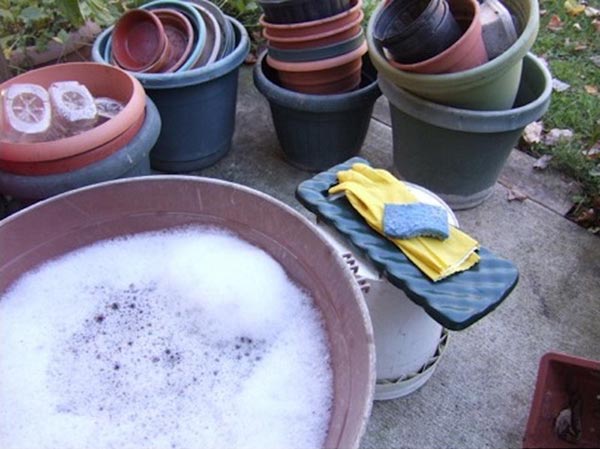
image via: laidbackgardener.blog
4. Replenish Your Garden Beds
After you’ve harvested everything, those plants inevitably took some nutrients from the soil as they grew and became prosperous. Spread the soil around along with any remaining compost to make sure that your planters are stocked with good nutrition to jumpstart your spring plantings.
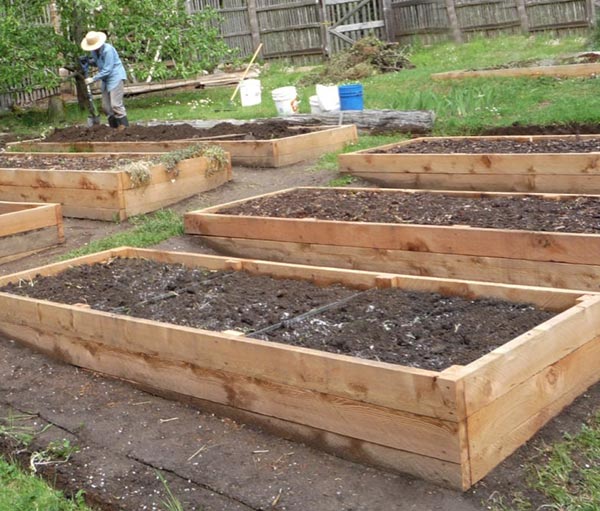
image via: learn.eartheasy.com
5. Completely Shut Off Any Outdoor Taps and Hoses
After you give any plants that are going to be sticking it through the winter outside a good dose of water, it’s a good idea to empty your pipes and shut down your outdoor water supply, including any irrigation taps in your garden. Why bother? Well, an elongated block of ice clogging your pipes can be a nightmare.
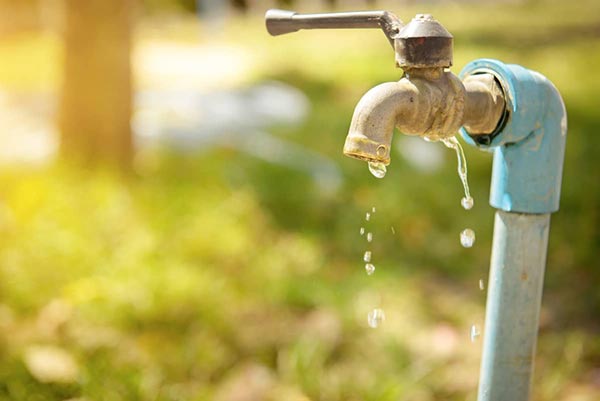
6. Mulch Your Garden
What fiberglass is for your house, mulch is for your garden. If you have any root crops that are particularly vulnerable to frost, just a few inches of this great substance is enough to protect them from perishing during a prolonged winter cold snap.
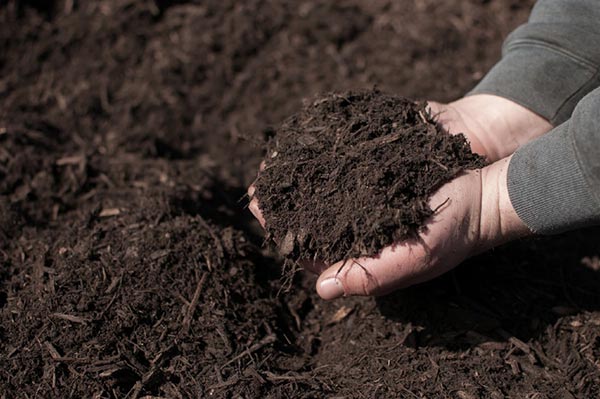
7. Bring Tender, Fragile Plants Inside
Plants, flowers, and herbs like coleus and hibiscus are best kept inside if you want to give them a chance for survival. Before you do so, debug and clean the plants with neem oil or insecticidal soap to avoid bringing in any unwanted pests. And hey, now you have some attractive houseplants for the time being.
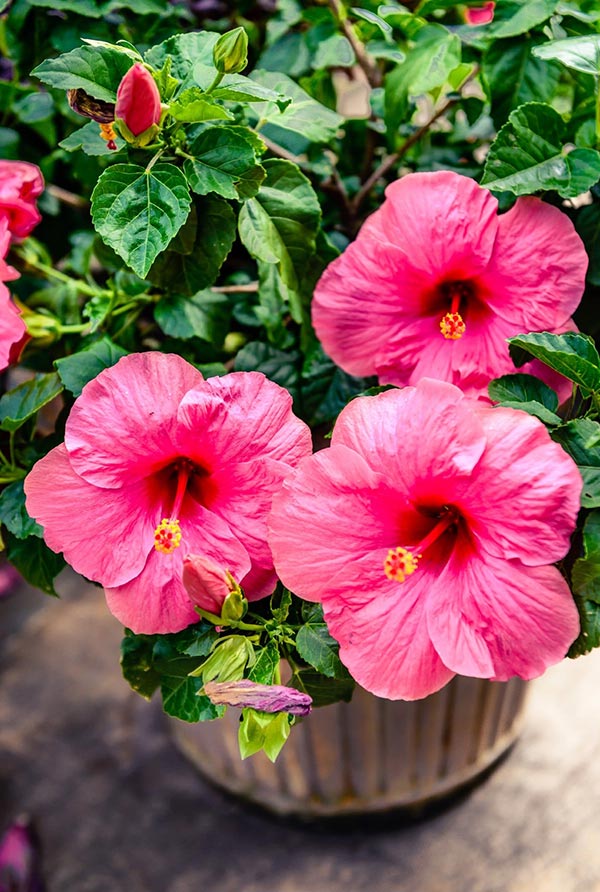
8. Clean-up Your Garden Shed (Or Wherever You Store Garden Supplies)
If you plan on bringing in outdoor furniture, yard work tools, or anything else you don’t plan on using during the winter, you probably would rather your precious items not be cluttered and clumsily stacked. To make organization easy, simply get rid of any supplies such as rusty trowels, plastic trays, and old pots so that your shed contains only the things you need.
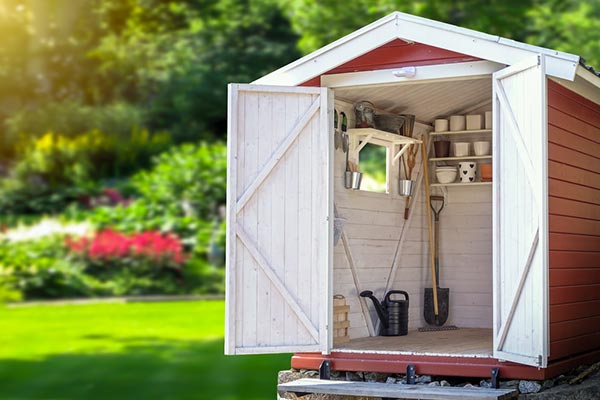
image via: overholtstoragebuildings.com
9. Plant Your Perennials
Planting? In winter? As long as you don’t forget to follow up planting with a comfy layer of mulch, putting bulbs in the ground before winter gives plants like tulips and lilies a chance to bloom early come spring, providing your yard with some serendipitous color.
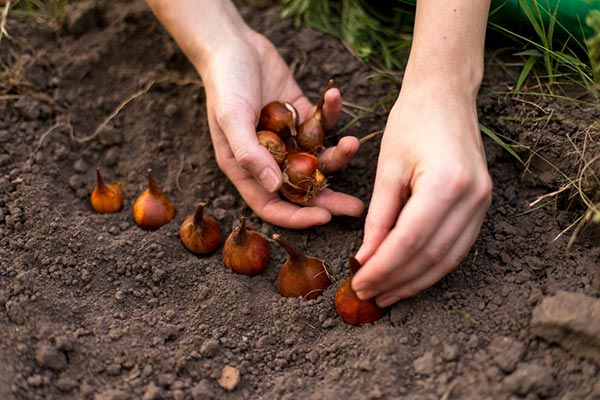
10. Extract Your Tubers and Big Bulbs
Simply cut the plant a few inches above the soil to signal the crop to sprout new eyes. Then, dig around it to carefully remove it from the soil, allow it to dry, and place it in a plastic bag with sawdust and a few holes. It might seem like you’re ripping the pitiful plant from its cozy home in the soil, but you’re actually saving it from deadly frost so that it may once again prosper.
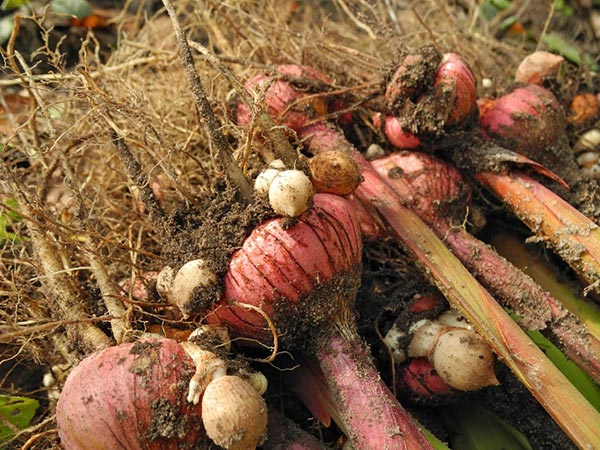
11. Store Your Tools
If you aren’t concerned with organization, then you should at least take the time to gather your tools to assess if anything is damaged or needs to be replaced, as well as putting them in enclosed storage to protect them from the elements while they’re not in use.
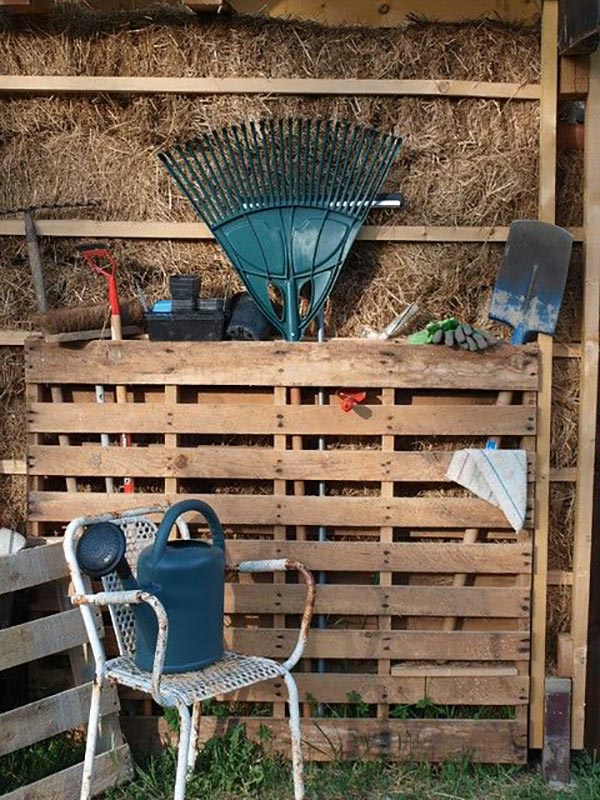
image via: flickr.com
12. Remove Weeds
Unfortunately for you and your garden, weeds can be particularly hardy. Take them out now, roots included, and destroy – err, dispose of them properly, so they aren’t the first things to pop up in your garden come spring.
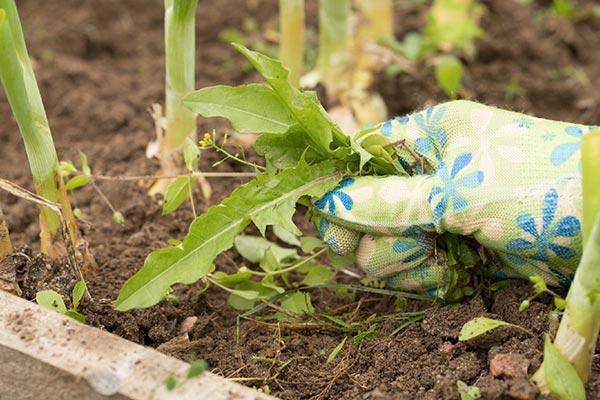
13. Compost Summer Annuals
They won’t survive winter and you can’t bring them inside, so what can you do? Simply compost them so that nothing goes to waste.
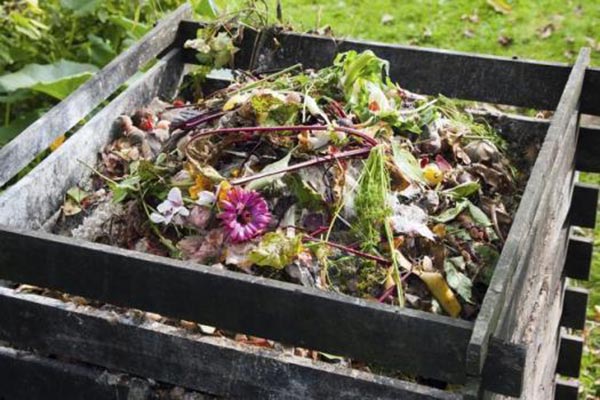
14. Protect New Perennials
Along with trees and shrubs, your perennials have no choice but to stick it out through the cold. Young plants are vulnerable, so protect them with whatever you can – landscape fabric, row covers – so that they are protected against snow and harsh winter winds.
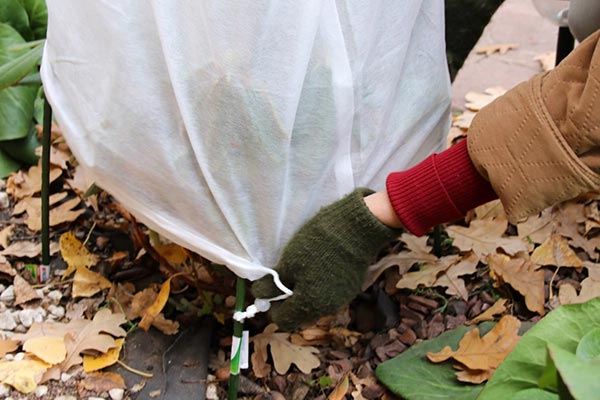
15. Get Your Compost. Composting.
Compost is the single most valuable plant food in existence, along with being highly sustainable and hassle-free. Don’t compromise the quality of your garden by buying chemical fertilizers right away because you have few options. Go ahead and get a sizeable compost pile going so that you have everything you need to nourish your plants throughout the growing season.
